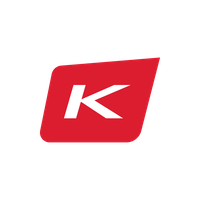
Companies have been increasing investment in S&OP as they try to simultaneously reduce costs and improve customer satisfaction... and rightly so.
Benchmark data shows that those with a more mature process are rewarded with better margins and customer retention rates. Among the improvements that are often prescribed by consultants and experts is the creation of more accurate forecasts and a commitment to a monthly S&OP meeting.
Planning is important but it is also limited by the volatile reality of real-life. For example, one of our customers that makes smart phones is challenged to forecast demand given the fickle nature of its consumers and the constant introduction of competitive products.
Trevor Miles wrote recently on this issue in his blog post: I am adamant that an accurate forecast does not reduce demand volatility. Equally as often however, disruptions to plan will come from the supply side. These can be cataclysmic such as the 2008 Sichuan earthquake that temporarily shut down several high-tech manufacturers including a major Intel assembly plant.
More commonly, supply disruptions are small, widespread and difficult to identify in an increasingly distributed and outsourced supply chain. To address this reality, you have to accept the following truths about S&OP:
Planning is crucial but will yield diminishing returns Trying to build the perfect forecast is a futile exercise and will not result in a performance breakthrough. Rather, investing in a process of continuous sensing of the supply chain and the ability to respond quickly to disruptions is a better approach to reducing risk.
S&OP action cannot be governed by the calendar S&OP cycles should be flexible and reset when warranted by a plan deviation. An Executive S&OP review might not be feasible on an ad-hoc basis, but is necessary at the operational level in the face of increasing volatility.
The entire supply side should be continuously monitored in near real-time This monitoring should extend beyond the enterprise to outsourced manufacturing and even suppliers. As a brand owner that is making commitments to customers, every part of the supply chain should be visible to you.
The brand owner must play an active role in orchestrating their extended supply network to ensure the desired outcome. What is driving change with your S&OP process and what improvements have you made to address those changes?



